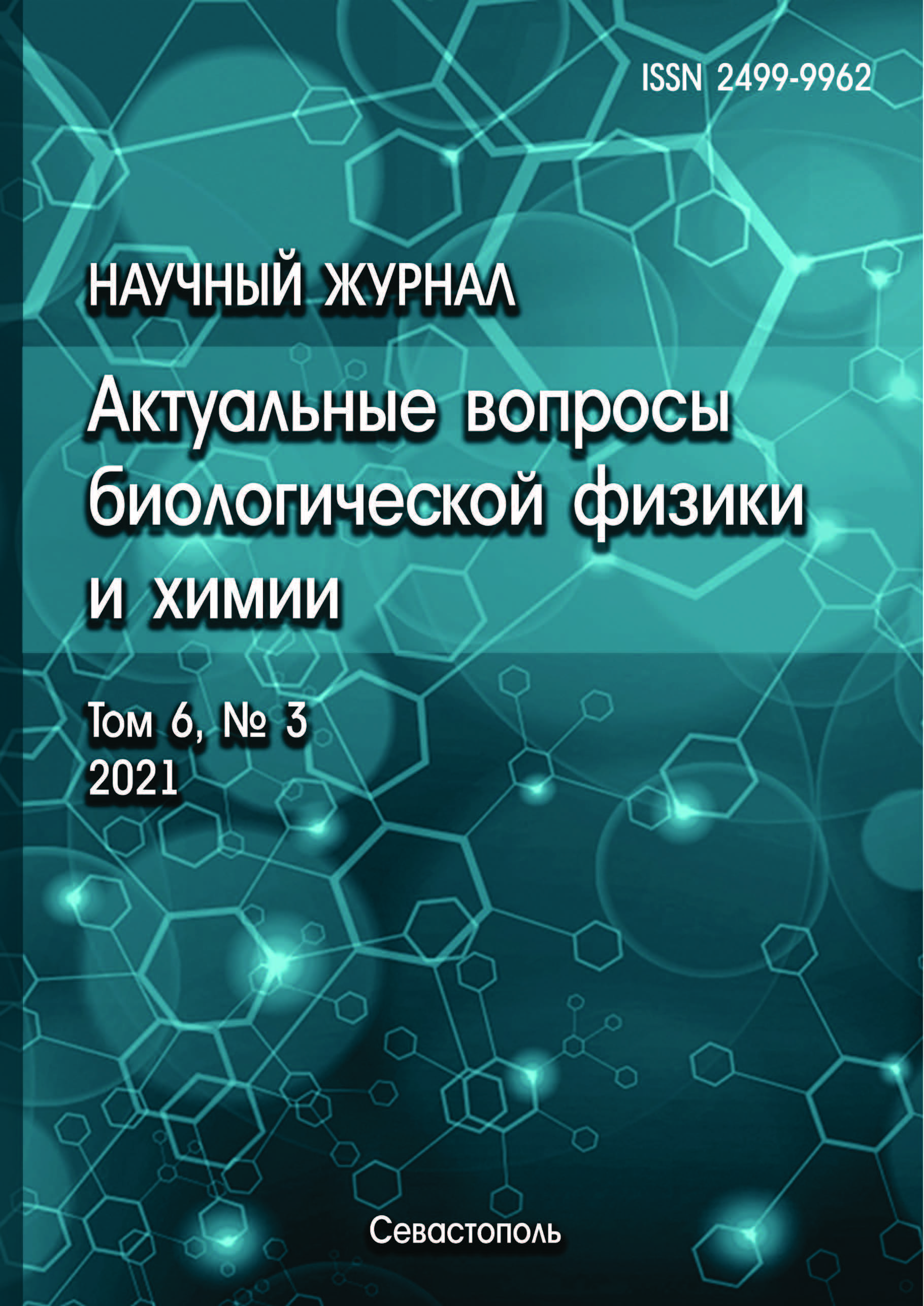The existing literature demonstrates the presence of antitumor effect of low-temperature plasma both in vitro on different cell lines and in vivo. This area has been intensively studied recently, however, research is complicated due to the large variety of research objects and insufficient knowledge of plasma jets. In this paper, the effect of a low-temperature plasma jet on the proliferation of HeLa tumor cells was studied. Results of experiments in different modes of cell culture processing and with variations in the parameters of the plasma source were presented. Low-temperature plasma jets were obtained using of a pulsed electric discharge sustained in the air flow at atmospheric pressure. In order to find optimal conditions, the repetition frequency of voltage pulses from 0.5 to 4.2 kHz, the exposure time from 30 to 240 s, the number of processing repetitions and the duration of the pause between repetitions (10 minutes, 24 hours, 72 hours) were varied. It was shown that this type of physical impact is able to suppress the growth of tumor cells up to 85% compared to the control group. This effect depends both on the repetition frequency of the discharge current pulses and on the time of exposure. The obtained data show the prospects of using low-temperature plasma jets to suppress the tumor cells proliferation.
low-temperature plasma, discharge in a gas stream, plasma jet, oncology, proliferation, HeLa
1. Novosti onkologii: [Elektronnyy resurs]. URL: http://www.oncology.ru/news/2019/10/14/ (Data obrascheniya: 10.02.2021). @@Oncology news (In Russ.)
2. Park G.Y., Park S.J., Choi M.Y., Koo I.G., Buyn J.H., Hong J.H., Sim J.Y., Collins G.J., Lee J.K. Atmospheric-pressure plasma sources for biomedical applications. Plasma Sources Sci Technol., 2012, vol. 21, no. 4, p. 043001. doi:https://doi.org/10.1088/0963-0252/21/4/043001 EDN: https://elibrary.ru/PGMBWD
3. Korolev Y.D., Frants O.B., Landl N.V., Geyman V.G., Matveev I.B. Nonsteady-state gas-discharge processes in plasmatron for combustion sustaining and hydrocarbon decomposition. IEEE Trans. Plasma Sci., 2009, vol. 37. doi:https://doi.org/10.1088/2399-6528/ab361a EDN: https://elibrary.ru/ULWBRX
4. Lu X., Naidis G.V., Laroussi M., Reuter S., Graves D.B., Ostrikov K. Reactive species in non-equilibrium atmospheric-pressure plasmas: Generation, transport, and biological effects. Physics Reports, 2016, vol. 630, no. 1. doi:https://doi.org/10.1016/j.physrep.2016.03.003 EDN: https://elibrary.ru/WTANPP
5. Laroussi M. Low-temperature plasma jet for biomedical applications: a review. IEEE Trans. Plasma Sci., 2015, vol. 43, no. 703. doi:https://doi.org/10.1109/TPS.2015.2403307 EDN: https://elibrary.ru/UQTJIR
6. Dayun Y., Haijie X., Wei Z., Niki N., Lijie Grace Z., Ka B., Keidar M. The role of aquaporins in the anti-glioblastoma capacity of the cold plasma-stimulated medium. Journal of Physics D: Applied Physics, 2017, vol. 50, no. 055401. doi:https://doi.org/10.1088/1361-6463/aa53d6 EDN: https://elibrary.ru/YXBQRD
7. Isbary G., Koritzer J., Mitra A. et al. Ex vivo human skin experiments for the evaluation of safety of new cold atmospheric plasma devices. Clinical Plasma Medicine, 2013, vol. 1. doi:https://doi.org/10.1016/J.CPME.2012.10.001 EDN: https://elibrary.ru/RHQVPD
8. Graves D.B. Low temperature plasma biomedicine: A tutorial review. Phys. Plasmas, 2014, vol. 21. doi:https://doi.org/10.1063/1.4892534 EDN: https://elibrary.ru/UQXUFF
9. Akishev Y.S. Non-thermal plasma at atmospheric pressure and its opportunities for applications. Izv. Vyssh. Ucheb. Zaved., Khim. Khim. Tekhnol, 2019, vol. 62, no. 26. doi:https://doi.org/10.6060/ivkkt.20196208.5908 EDN: https://elibrary.ru/OEUOGV
10. Zimu Xu., Yan Lan, Jie Ma, Jie Shen et.al. Applications of atmospheric pressure plasma in microbial inactivation and cancer therapy: a brief review. Plasma Sci. Technol., 2020, vol. 22. doi:https://doi.org/10.1088/2058-6272/ab9ddd
11. Hirst A.M., Frame F.M., Arya M., Maitland N.J., O’Connell D. Low temperature plasmas as emerging cancer therapeutics: the state of play and thoughts for the future. Tumor Biology, 2016, vol. 37. doi:https://doi.org/10.1007/s13277-016- 4911-7 DOI: https://doi.org/10.1007/s13277-016-4911-7; EDN: https://elibrary.ru/XPXUGH
12. Schneider C., Arndt S., Zimmermann J.L., Li Y. et al. Cold atmospheric plasma treatment inhibits growth in colorectal cancer cells. Biological Chemistry, 2018. doi:https://doi.org/10.1515/hsz-2018-0193
13. Keidar M., Walk R., Shashurin A., Srinivasan P., Sandler A., Dasgupta S., Ravi R., Guerrero-Preston R., Trink B. Cold plasma selectivity and the possibility of a paradigm shift in cancer therapy. British journal of cancer, 2011, vol. 105, no. 9. doi:https://doi.org/10.1038/bjc.2011.386 EDN: https://elibrary.ru/PHWBUJ
14. Utsumi F., Kajiyama H., Nakamura K., Tanaka H. et al. Effect of indirect nonequilibrium atmospheric pressure plasma on anti-proliferative activity against chronic chemo-resistant ovarian cancer cells in vitro and in vivo. PloS one, 2013, vol. 8, no. 12. DOI:https://doi.org/10.1371/journal.pone.0081576 EDN: https://elibrary.ru/SPCDFV
15. Tanaka H., Mizuno M., Katsumata Y., Ishikawa K., Kondo H. et al. Oxidative stress-dependent and -independent death of glioblastoma cells induced by non-thermal plasma-exposed solutions. Scientific Reports, 2019, vol. 9. doi:https://doi.org/10.1371/journal.pone.0247589
16. Miller V., Lin A., Fridman A. Why Target Immune Cells for Plasma Treatment of Cancer. Plasma Chemistry and Plasma Processing, 2016, vol. 36. doi:https://doi.org/10.1007/s11090-015-9676-z. EDN: https://elibrary.ru/HSFDJS
17. Fridman A. Plasma Chemistry (Cambridge University Press, New York), 2008.
18. Yan D., Sherman J.H., Cheng X., Ratovitski E., Canady J., Keidar M. Controlling plasma stimulated media in cancer treatment application. Applied Physics Letters, 2014, vol. 105, no. 22. doi:https://doi.org/10.1063/1.4902875 EDN: https://elibrary.ru/UQPTPJ
19. Ishaq M., Han Z.J., Kumar S., Evans M.D., Ostrikov K. Atmospheric-pressure plasma-and TRAIL-induced apoptosis in TRAIL-resistant colorectal cancer cells. Plasma Processes and Polymers, 2015, vol. 12, no. 6. doi:https://doi.org/10.1002/ppap.201400207 EDN: https://elibrary.ru/UQTKAT
20. Gamaleev V., Iwata N., Ito G., Hori M., Hiramatsu M., M. Ito. Scalable treatment of flowing organic liquids using ambient-air glow discharge for agricultural applications. Appl. Sci., 2020, vol. 10. doi:https://doi.org/10.3390/app10030801 EDN: https://elibrary.ru/DOTBCE
21. Kawasaki T., Mitsugi F., Koga K., Shiratani M. Local supply of reactive oxygen species into a tissue model by atmospheric-pressure plasma-jet exposure. J. Appl. Phys., 2019, vol. 125. doi:https://doi.org/10.1063/1.5091740 EDN: https://elibrary.ru/UZLJSM
22. Korolev Y.D., Frants O.B., Landl N.V., Kasyanov V.S., Galanov S.I., Sidorova O.I., Kim Y., Rosocha L.A., Matveev I.B. Propane oxidation in a plasma torch of a low-current nonsteady-state plasmatron. IEEE Trans. Plasma Sci., 2012, vol. 40. doi:https://doi.org/10.1109/TPS.2011.2176557 EDN: https://elibrary.ru/PDWOHD
23. Tolosa L., Donato M.T., Gomez-Lechon M.J. General Cytotoxicity Assessment by Means of the MTT Assay Protocols in In Vitro Hepatocyte Research. Methods Mol Biol, 2015, vol. 1250. doi:https://doi.org/10.1007/978-1-4939-2074-7_26










